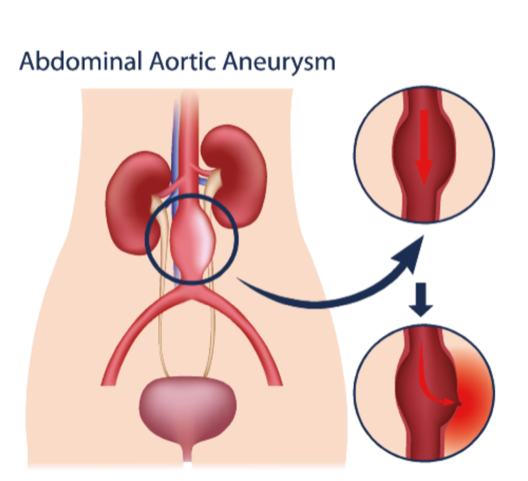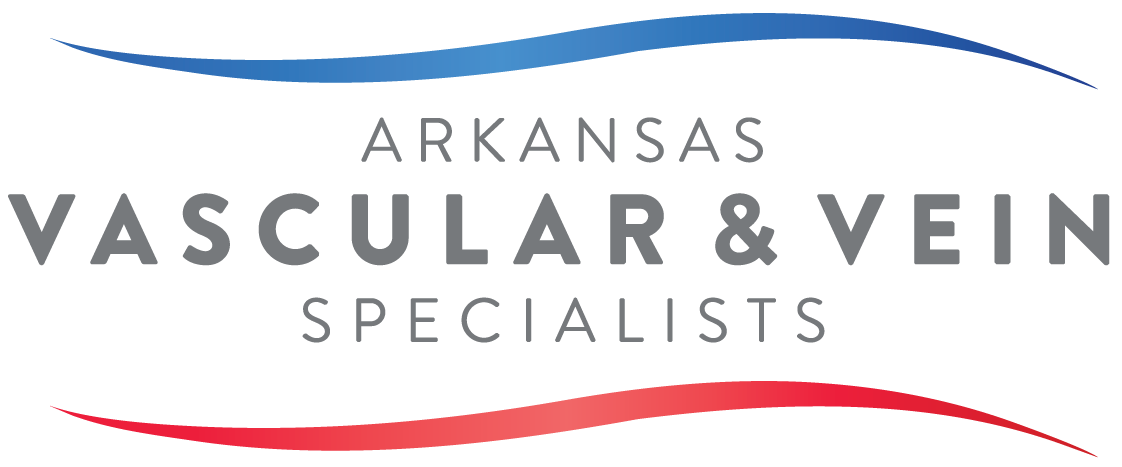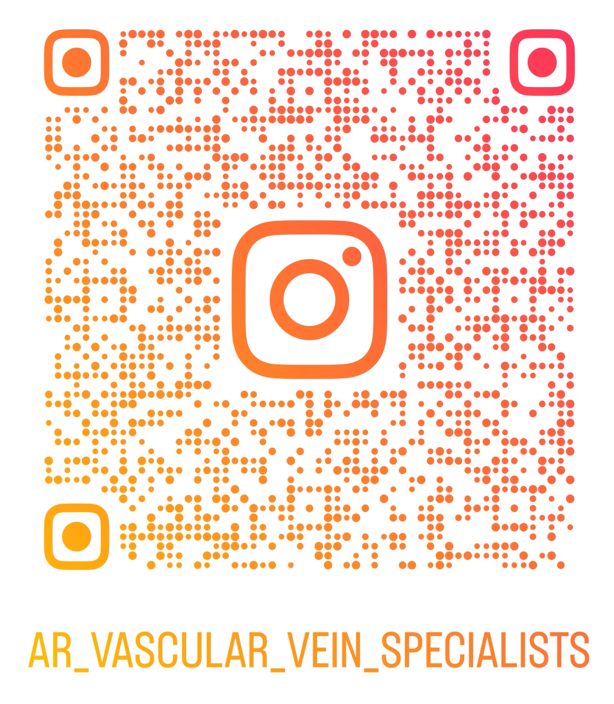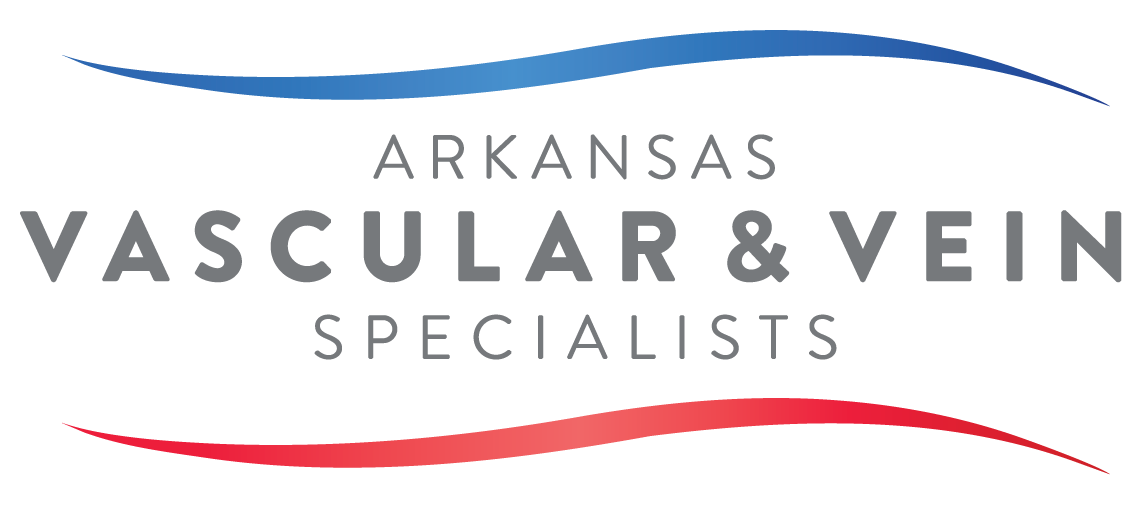Aneurysm
Aneurysms
How do I know I have aneurysm?
- Aneurysms develop over time and are often silent without symptoms until they reach a larger size or rupture or throw a clot.
- They can cause a pulsatile sensation at the affected blood vessel, pain or discomfort at the affected area.
- A ruptured aneurysm is life-threatening and requires immediate medical attention.
What are the treatment options?
- Open surgery.
- Endovascular repair.
- Observation or monitoring of the aneurysm with vascular or radiological studies.
What do I do if I have an aneurysm?
- Work closely with your health care provider to manage your medical comorbidities such as high blood pressure and high cholesterol level.
- Ask for a referral to be evaluated by a vascular surgery.
- What if left untreated?:
- The aneurysm can grow, rupture, leading to a life-threatening bleeding.
- The aneurysm can clot and compromise flow to other organs.
What’s an aneurysm?
An aneurysm is a ballooning or bulging of a blood vessel due to weakening of the vessel wall. It can occur in any artery, can rupture and cause severe bleeding or can send a clot downstream the vessel compromising blood flow to different organs in your body.
Aneurysms are most common in the aorta ( the main blood vessel that carries blood from your heart to the rest of your body), brain, legs and vessels that carry blood to your bowels, spleen, kidneys, and liver.


Are you looking for vascular care in Little Rock? We can help.


(F): 501-747-1195
Stay up to date. Subscribe to our newsletter!
Thank you for contacting us.
We will get back to you as soon as possible.
We will get back to you as soon as possible.
Oops, there was an error sending your message.
Please try again later.
Please try again later.
